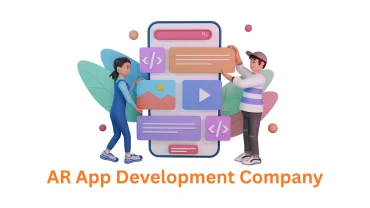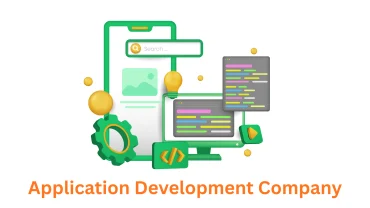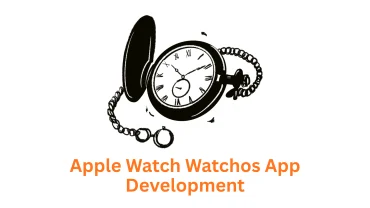Native app development remains a powerhouse in the mobile world. By leveraging the specific features and capabilities of iOS or Android, developers can create high-performance apps that deliver exceptional user experiences. Let’s dive into the latest tools, technologies, and trends shaping the future of native app development.
1. The Power of Native Languages
- Swift (iOS): Apple’s Swift continues to evolve, offering enhanced concurrency features, improved package management, and streamlined development workflows.
- Kotlin (Android): Google’s Kotlin has become the preferred language for Android development, known for its concise syntax, null safety, and seamless interoperability with Java.
These languages, along with their robust standard libraries and development environments (Xcode for Swift, Android Studio for Kotlin), provide a solid foundation for building native apps.
2. Cross-Platform Considerations
While this post focuses on native development, it’s worth noting that cross-platform solutions like Flutter and React Native are gaining traction. These frameworks offer a way to build apps for both iOS and Android using a single codebase, which can be appealing for certain projects. However, for ultimate performance and access to platform-specific features, native development often remains the top choice.
3. UI Design and Performance Optimization
- SwiftUI (iOS) and Jetpack Compose (Android): These declarative UI frameworks streamline the creation of beautiful, interactive user interfaces. They also encourage best practices for performance optimization, ensuring your apps run smoothly.
- Performance Profiling Tools: Xcode and Android Studio offer robust profiling tools to identify and resolve performance bottlenecks, from memory leaks to rendering issues.
4. Libraries and Extensions to Supercharge Development
- Networking: Alamofire (iOS) and Retrofit (Android) simplify network communication.
- Image Loading: SDWebImage (iOS) and Glide (Android) handle image loading and caching efficiently.
- Dependency Injection: Swinject (iOS) and Hilt or Koin (Android) help manage app architecture and dependencies.
- Database Management: Realm (both platforms) offers a mobile-first database solution.
These are just a few examples. Countless libraries and extensions exist to address various needs, from authentication and security to analytics and crash reporting.
5. Emerging Trends to Watch
- Machine Learning on Device: Frameworks like Core ML (iOS) and TensorFlow Lite (Android) empower you to integrate machine learning models directly into your apps.
- Augmented Reality (AR): ARKit (iOS) and ARCore (Android) open up exciting possibilities for creating immersive AR experiences.
- Wearables and IoT Integration: Extend your app’s reach to smartwatches, wearables, and IoT devices.
The Associative Advantage
At Associative, we’re passionate about crafting exceptional native mobile experiences. Our expertise spans the entire app development lifecycle, from concept and design to development, testing, and deployment. Whether you need a consumer app, enterprise solution, or a game-changing idea brought to life, our team is here to help.
Contact us today to discuss your next native app project.
To learn more, consider reading other articles, blogs, and stories in this area.
Elevate Your Business with the Top Native App Development Company
Elevate Your Business with Top-Tier Native App Development Services
The Ultimate Guide to Native App Development: Essential Tools & Platforms
Why Native App Development is Essential for Your Business Success
Mastering Native App Development: Your Roadmap to a Thriving Career



Comment (0)